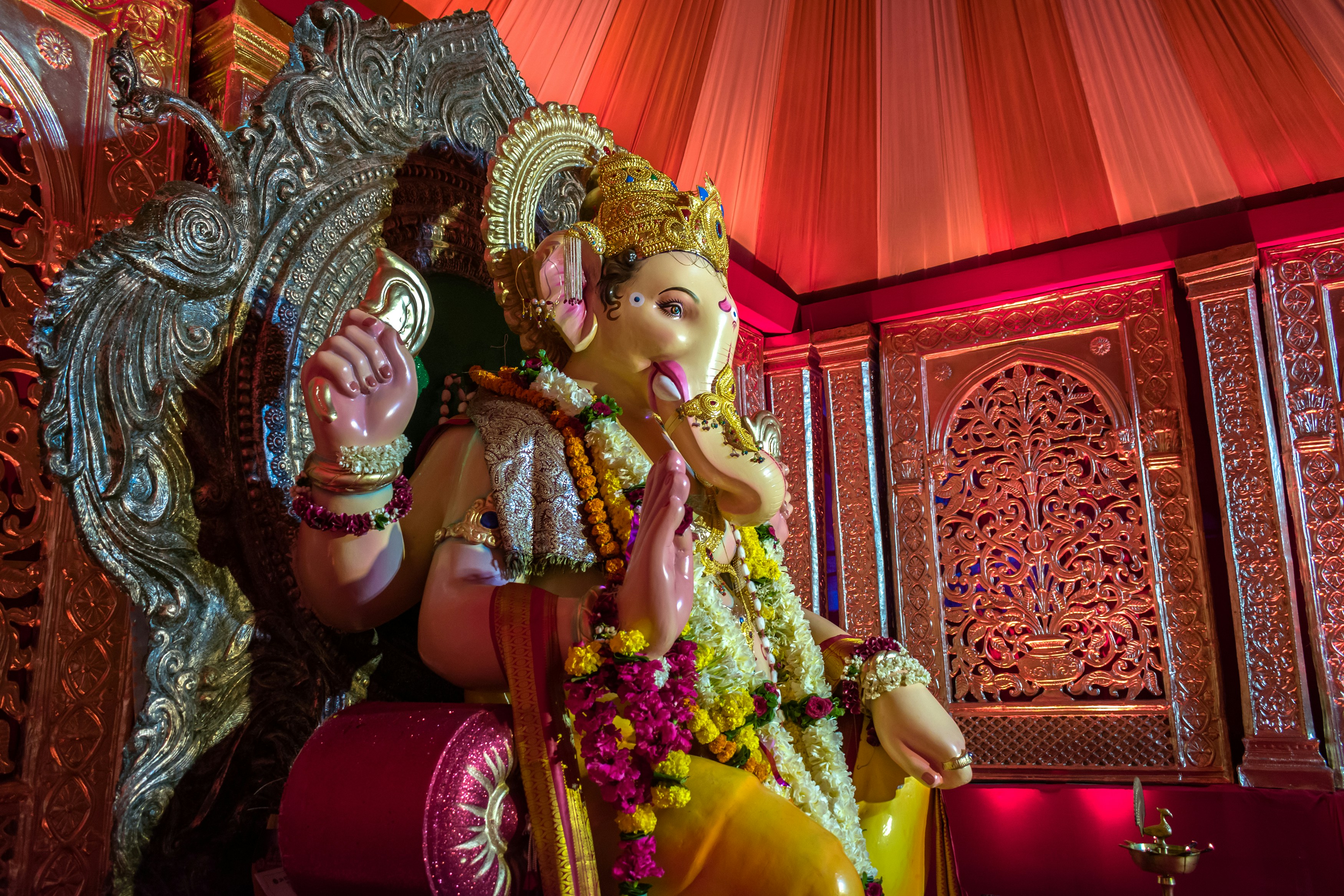The Sri Venugopala Swamy Temple
The Sri Venugopala Swamy Temple, located in the picturesque town of Mysore, Karnataka, is a testament to the rich cultural heritage of the region. Built in the traditional Dravidian style of architecture, the temple stands as a magnificent structure that exudes spirituality and grandeur. Its intricate carvings, towering gopurams, and beautifully adorned sanctum sanctorum make it a visual delight for visitors.
History of the Sri Venugopala Swamy Temple
The history of the Sri Venugopala Swamy Temple dates back several centuries. Legend has it that the temple was constructed during the reign of the Hoysala dynasty, which ruled over parts of present-day Karnataka from the 10th to the 14th century. The Hoysalas were known for their patronage of art and architecture, and the Sri Venugopala Swamy Temple is a shining example of their architectural prowess.
Religious Significance
As you step into the temple premises, you are greeted by a sense of tranquility and devotion. The air is filled with the melodious chants of the priests and the fragrance of incense. The main deity of the temple is Lord Venugopala, an incarnation of Lord Krishna, who is worshipped with great fervor by devotees. The idol of Lord Venugopala, adorned with exquisite jewelry and garments, is a sight to behold.
Annual Festival
One of the highlights of the Sri Venugopala Swamy Temple is its annual festival, which attracts thousands of devotees from far and wide. During this festival, the temple comes alive with vibrant processions, traditional music and dance performances, and elaborate rituals. It is a time of celebration and devotion, where the devotees immerse themselves in the divine atmosphere of the temple.
Historical Importance
Aside from its religious significance, the Sri Venugopala Swamy Temple also holds historical importance. The walls of the temple are adorned with intricate carvings that depict scenes from Hindu mythology and the lives of the Hoysala rulers. These carvings serve as a window into the past, allowing visitors to appreciate the rich cultural heritage of the region.
Kalyana Mantapa and Garden
The Kalyana Mantapa is not only a visual delight but also a cultural and religious hub within the temple complex. It serves as a venue for various religious ceremonies, cultural events, and weddings. The hall is spacious and can accommodate a large number of devotees and visitors. The pillars of the mantapa are intricately carved with scenes from Hindu mythology, depicting the divine wedding of Sri Venugopala Swamy and Goddess Rukmini in exquisite detail.
The temple complex also includes a beautiful garden, where devotees can take a leisurely stroll amidst lush greenery and fragrant flowers. The garden is meticulously maintained and adds to the overall serenity and tranquility of the temple premises. It provides a peaceful retreat for those seeking solace and spiritual rejuvenation.
Religious Rituals and Festivals
Apart from the architectural marvels, the Sri Venugopala Swamy Temple is also renowned for its religious significance. It is believed to be a place of great spiritual power and is frequented by devotees from far and wide. The temple conducts various religious rituals and festivals throughout the year, attracting thousands of devotees who come to seek the blessings of Sri Venugopala Swamy.
Spiritual Experience
Visiting the Sri Venugopala Swamy Temple is not just a religious experience; it is a journey through time. It offers a glimpse into the rich history and cultural heritage of Karnataka, allowing visitors to connect with the past and appreciate the legacy left behind by the Vijayanagara Empire. The temple stands as a reminder of the greatness that once was and continues to be a source of inspiration for future generations.
Spiritual Essence
The Sri Venugopala Swamy Temple is not just a place of worship, but a sanctuary for the soul. The spiritual essence of this sacred space is palpable from the moment you step foot inside. The air is charged with a divine energy that instantly uplifts your spirits and fills you with a sense of peace and serenity.
Architectural Beauty
The temple’s architecture is a testament to the rich cultural heritage of the region. Intricate carvings adorn the walls, depicting scenes from Hindu mythology and showcasing the skilled craftsmanship of the artisans who built this magnificent structure. Every nook and corner of the temple tells a story, inviting visitors to delve deeper into the realms of spirituality.
Daily Rituals and Ceremonies
One of the highlights of visiting the Sri Venugopala Swamy Temple is the opportunity to witness the daily rituals and ceremonies. The temple priests, dressed in traditional attire, perform elaborate rituals that have been passed down through generations. The rhythmic chants and the fragrance of incense create a mystical atmosphere that transports you to a different realm.
Spiritual Retreat
For those seeking a deeper spiritual experience, the temple offers meditation and yoga sessions. These sessions are conducted in serene surroundings, away from the hustle and bustle of everyday life. Here, you can immerse yourself in the practice of mindfulness and connect with your inner self.
Lasting Impression
As you leave the temple premises, you will carry with you a sense of peace and contentment. The spiritual essence of the Sri Venugopala Swamy Temple lingers in your heart, reminding you of the divine presence that permeates every aspect of life. Whether you are a believer or a seeker, a visit to this temple is sure to leave a lasting impression on your soul.
Enter your email to get the Latest Updated Exploring News and Topics
Discover more from atozexplore.com
Subscribe to get the latest posts sent to your email.







